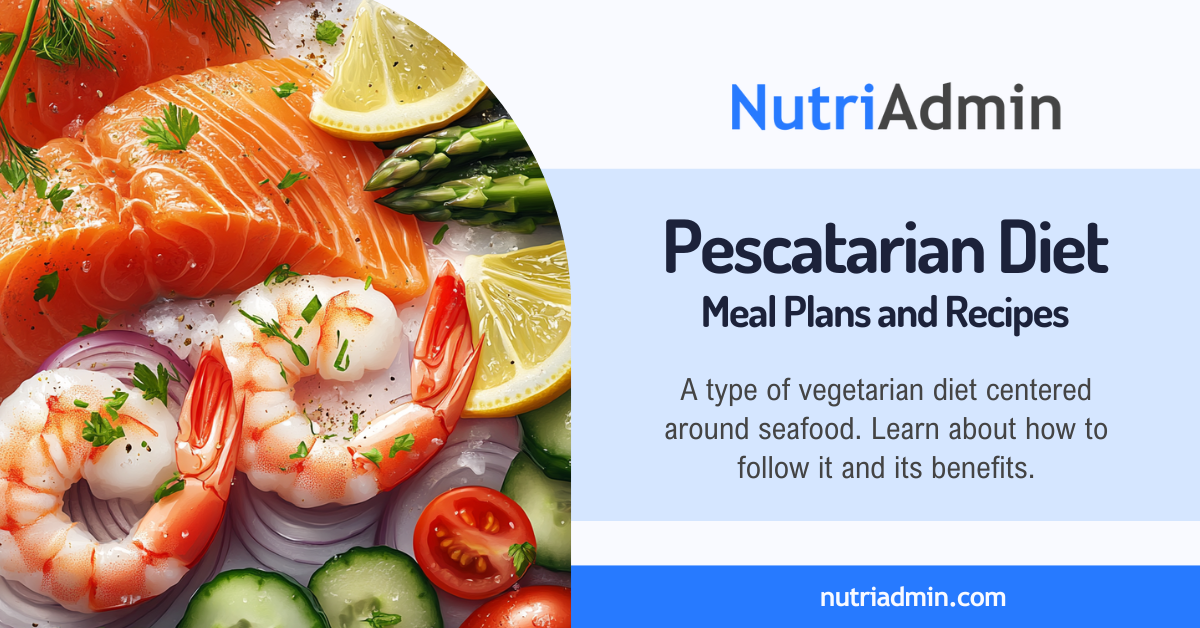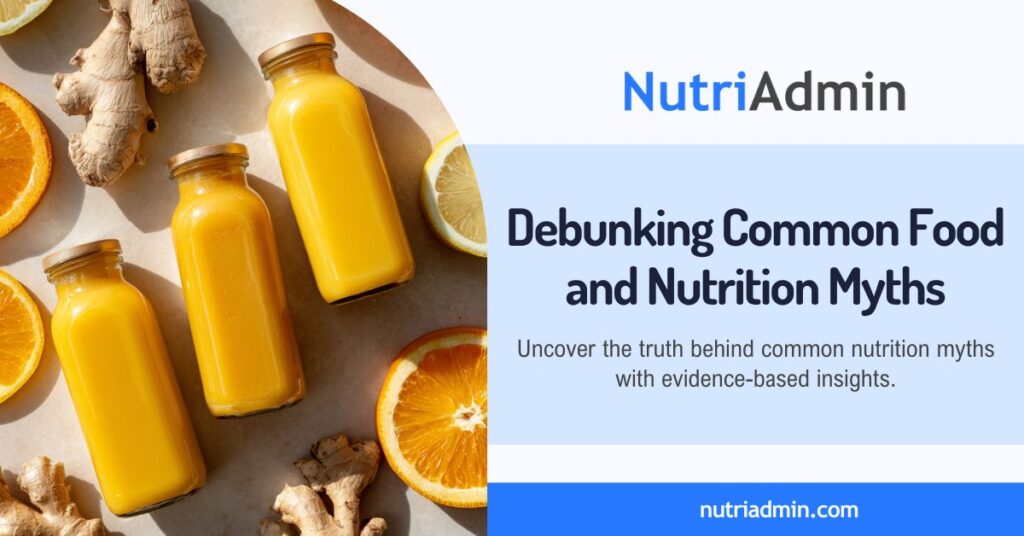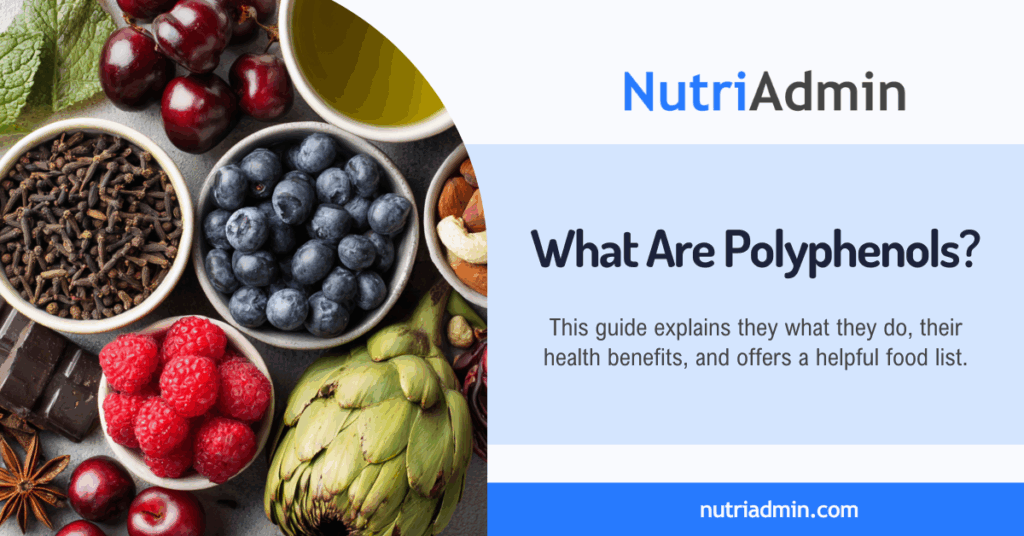Are you searching for a vegetarian diet alternative that offers more variety? Do you have clients who want to eat more plant-based options but aren’t ready to eliminate animal products completely? You might want to consider the pescatarian diet, which incorporates fish and seafood along with plant-based foods. In this article, we will cover the benefits, drawbacks, and food list, as well as provide guidance on creating a pescatarian diet meal plan and share some recipe ideas.
What is a pescatarian diet?
A pescatarian diet is a type of vegetarian diet that primarily consists of plant-based foods but also includes fish and other forms of seafood. Pescatarians avoid consuming meat and poultry. However, they incorporate fish and shellfish into their diet as their primary source of animal protein.
This diet emphasizes a wide variety of fruits, vegetables, whole grains, legumes, nuts, and seeds, similar to a traditional vegetarian diet. A pescatarian diet offers a less strict approach to increasing your intake of plant-based foods. Unlike a vegan diet, which avoids all animal products, the pescatarian diet allows for more flexibility.
Benefits of the Pescatarian Diet
Reduced Cancer Risk
Vegetarian diets, including the pescatarian diet, have been associated with lower overall cancer risk. Additionally, in a major study, vegetarians and pesco-vegetarians in the US showed a particularly low risk of colorectal cancer, even compared to people following other types of vegetarian diets.
Lower Cardiovascular Risk
In 2020, research found that people who follow vegetarian, pescatarian, or flexitarian diets were less likely to have cardiovascular risk factors like high BMI, high blood pressure, or high cholesterol.
Visual Health
Research suggests that a pescatarian diet can positively impact visual health. Consumption of fish is linked to positive visual outcomes and may even offer protection against age-related eye disease.
Easier to Follow
Since the pescatarian diet allows the inclusion of fish and other seafood, it provides a wider range of options. As a result, this makes it easier for individuals to meet their nutritional needs.
Additionally, this flexibility can make it more sustainable and appealing for those who may find it challenging to eliminate all animal products from their diet completely. Furthermore, having fish as a protein source option makes meal planning and dining out easier, as it is commonly offered in various restaurants and adds diversity to the diet.
Nutrition
The pescatarian diet, like other vegetarian diets, involves consuming more plant-based foods. It is high in fiber, antioxidants, vitamins, and minerals and lower in saturated fat. The addition of fish and seafood can provide added nutrients such as:
- Omega-3 Fatty Acids: Beneficial for heart health, brain function, and reducing inflammation. You can get this by consuming fish such as salmon, tuna, mackerel, and sardines.
- Vitamin D: Bone, teeth, and muscle health.
- Calcium: Essential for strong bones and teeth, muscle function, and nerve signaling.
- Phosphorus: Bone health, energy metabolism, and DNA synthesis.
- Iron: Necessary for the production of hemoglobin, which carries oxygen in the blood, and for overall energy metabolism.
- Zinc: Important for immune function, wound healing, and DNA synthesis.
- Iodine: Key component of thyroid hormones that regulates metabolism and other essential body functions.
- Magnesium: Involved in more than enzymatic reactions in the body, including energy production and muscle function.
- Potassium: Helps maintain healthy blood pressure, muscle function, and fluid balance.
- Protein: Building and repairing tissues, producing enzymes and hormones, and supporting immune function.
Disadvantages
Mercury Content Concerns
There is a concern regarding the higher consumption of fish in connection to mercury and other toxins. This is particularly important for pregnant and breastfeeding women, babies, and children, who are more susceptible to the negative effects of mercury in the body. Nonetheless, the benefits of consuming fish outweigh these risks.
You can avoid consuming fish with high mercury content and choose types with lower levels instead.
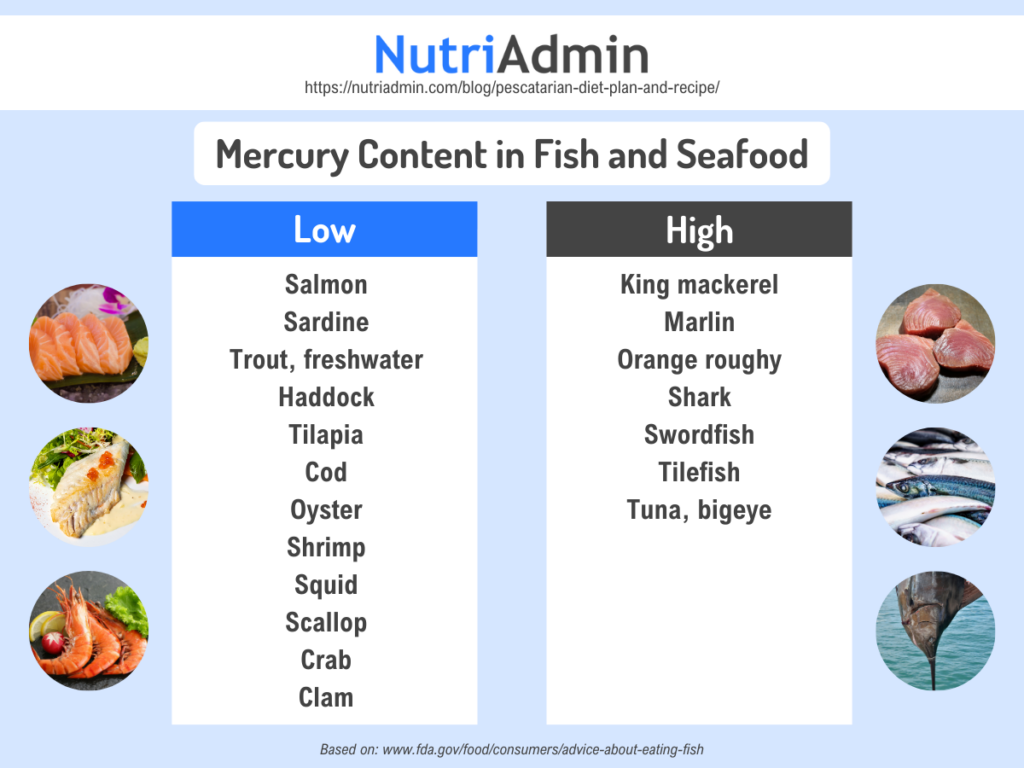
Additionally, following a pescatarian diet does not necessarily mean you have to consume fish or seafood with every meal. Similar to other vegetarian diets, it focuses on plant-based meals, but the difference is that they also consume fish and seafood.
How to make a pescatarian diet plan?
To create a pescatarian diet plan, one must know what can be included and what should be avoided. If you are a nutrition or fitness professional who regularly creates pescatarian diet plans for clients, we will discuss ways to create high-quality personalized meal plans quickly.
Food List
Various types of vegetarian diets, including the pescatarian diet, differ in the types of food they exclude from their meals.
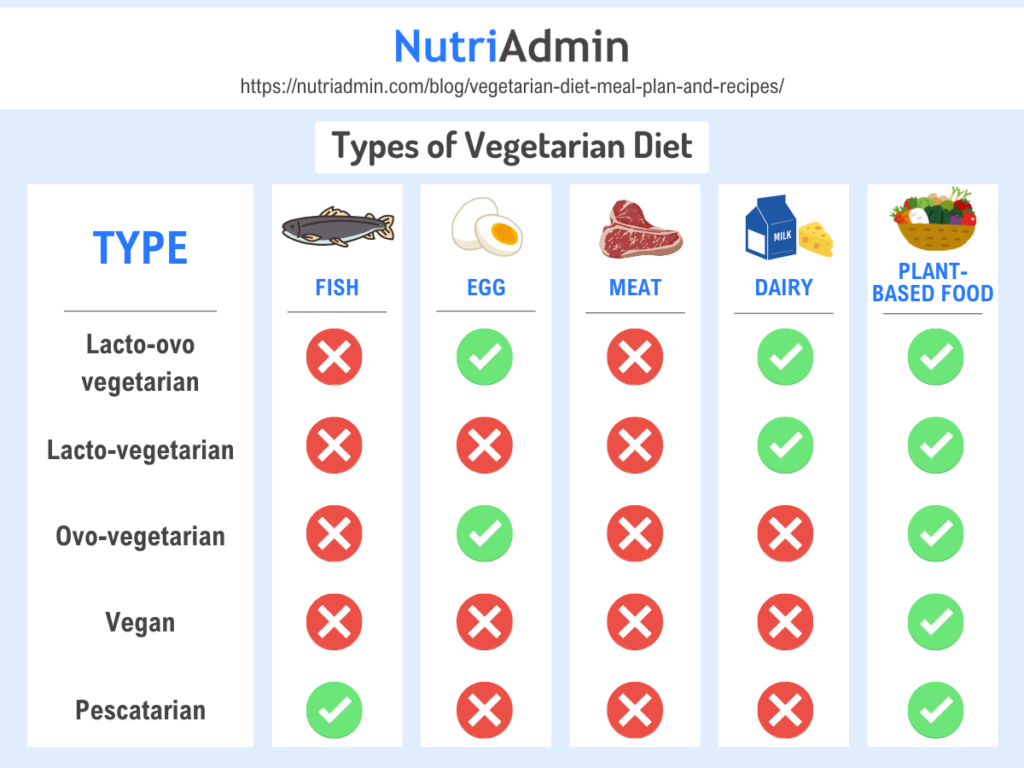
A pescatarian diet usually only includes fish, seafood, and plant-based foods. However, some people who practice this diet also include eggs and dairy.
- Salmon
- Tuna
- Tilapia
- Cod
- Trout
- Sardines
- Anchovies
- Shrimp
- Mussels
- Oysters
- Crabs
- Squid
- Octopus
- Seaweed
- Tofu
- Tempeh
- Corn
- Beans and Lentils
- Nuts and Seeds
- Fruits and Vegetables
- Grains (Quinoa, Rice, Oats)
Creating Pescatarian Meal Plans for Clients
Are you a nutrition or fitness professional who offers meal planning services to clients? If so, you need to be able to create high-quality meal plans quickly so that you can focus on other important aspects of your business, such as client care and marketing.
Using professional meal planning software like NutriAdmin, which has features to generate meal plans based on your client’s specific needs and preferences, can be an excellent solution for this. NutriAdmin offers a meal plan generator feature that allows you to create personalized pescatarian diet plans with recipes in just 60 seconds! In addition, it provides automatic nutritional analysis for every food and recipe included in the meal plan.
To help you understand how it works, here are some parameters you can customize in the generator: daily energy requirement, macros, number of meals, maximum preparation time, and over 40 diet filters, including the pescatarian diet. Additionally, you can select available cooking equipment and cuisines and exclude food items that your clients may be allergic to, cannot tolerate well, or simply dislike.
You can use the Pescatarian Diet Meal Plan sample below generated from NutriAdmin’s meal plan generator.
Easy Pescatarian Recipes
Do you need easy pescatarian recipe ideas for meal planning? NutriAdmin also has a database of nutritionist-vetted recipes where you can easily search for pescatarian recipes that are delicious and easy to make.
You can use the recipes below from NutriAdmin’s recipes database:
Summary
The pescatarian diet is a plant-based eating plan that includes fish and seafood as protein sources. It offers several benefits, including reduced cancer and cardiovascular risks, improved visual health, and easier adherence compared to stricter vegetarian diets. Pescatarians enjoy a wide variety of foods, including fruits, vegetables, grains, legumes, nuts, seeds, fish, and seafood.
This diet provides essential nutrients like omega-3 fatty acids, vitamin D, and high-quality protein. The main concern with a pescatarian diet is potential mercury exposure from certain fish, particularly for pregnant women and children.
To create a balanced pescatarian meal plan, it’s important to include a variety of plant-based foods, fish, and seafood. Overall, the pescatarian diet offers a flexible and nutritious approach to plant-based eating with the added benefits of fish consumption.
